When Your Property Springs A Leak
Disputes over water ingress and damage, most commonly between adjoining properties, are costly and time-consuming to resolve. If water has entered from a neighbouring property, this is not a cost that you should necessarily have to bear. It is important to ascertain who is liable for the flow of water, either the Lot Owner or the Owners Corporation.
Claims under the Water Act
Section 16 of The Water Act 1989 (Vic) states that where there is an unreasonable flow of water from one person’s land to another’s which causes injury, damage to property or economic loss, then the person who caused the flow is liable to pay damages.
The Water Act provides a legal avenue for those affected by water ingress and damage to recover compensation from a neighbour or a water authority, including the costs of repairing your property and any further losses.
In order to succeed in Water Act claims, you must prove that the flow of water was ‘not reasonable’. VCAT assesses this by taking account of all of the surrounding circumstances.
What is a reasonable flow of water?
VCAT determines whether the flow of water reasonable on a case-by-case basis. In some cases, VCAT has found gutters and downspouts that send rainwater onto a neighbour's property to be "unreasonable." To determine if something is reasonable, VCAT will look at factors such as:
Whether or not the damage was reasonably foreseeable by the party who made the changes; and
The extent of damage compared to the value of any improvements.
Who is responsible?
It may not always be straightforward to determine who is responsible for water ingress and damage to your property.
Water ingress and damage from one off events can be categorised as either building defects, natural occurrences, or both. Building defects may involve a claim for water damage against a builder. This may be a warranty insurance claim if the builder is no longer in existence. Claims due to natural occurrences may be covered by building content insurance.
Common property
Owner’s Corporations are generally responsible for maintaining the common property of a building which may include damage occurring in the roof or water leaking through walls, pipes and gutters serving multiple apartments.
A claim can be made against Owner’s Corporation for failing to maintain common property under the Owner’s Corporation Act 2006 or as a “neighbour” under the Water Act – in order to determine whether you have a cause of action against an Owner’s Corporation, we recommend that you have a solicitor undertake a forensic assessment of the Plan of Subdivision.
Act immediately!
Water ingress can cause serious long-term damage to the structural integrity of your home or business. Even a minor leak can cause thousands of dollars of damage if left unaddressed. Not only can water erode your home, but it can cause toxic mould to develop. As soon as you notice water damage, you must act immediately. This is important to ensure the protection of both your property and your legal rights.
Our Services
At Oldham Construction Lawyers, our team has extensive experience protecting the rights and interests of owners. If your property has sustained water ingress and/or damage, please get in touch with our team today. Our lawyers will review your claim and help you assess your options.
If you require advice on whether you may have a claim regarding water damage on your property, please feel free to contact Daniel Oldham on (03) 9640 0002, or via email info@oclawyers.com.au

